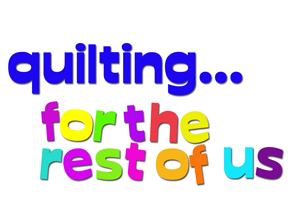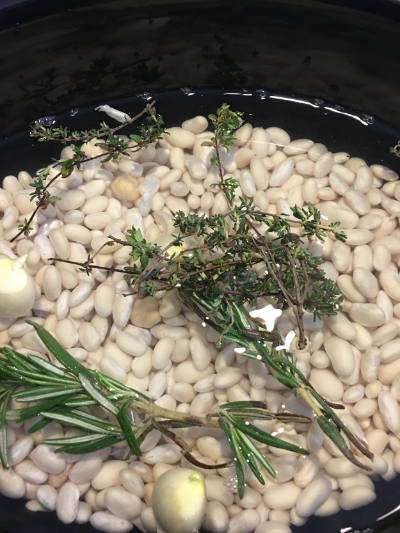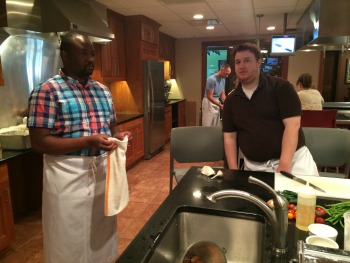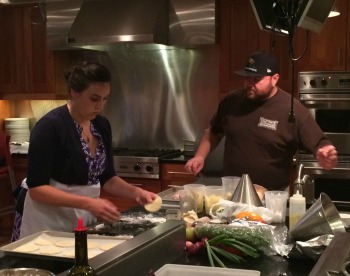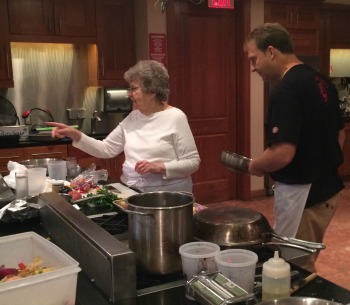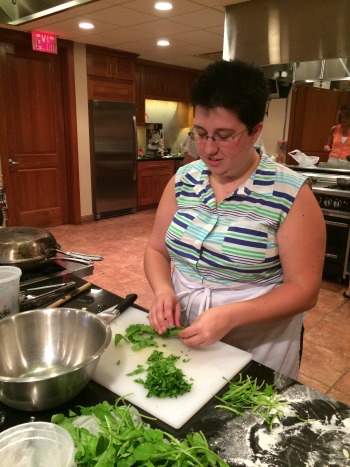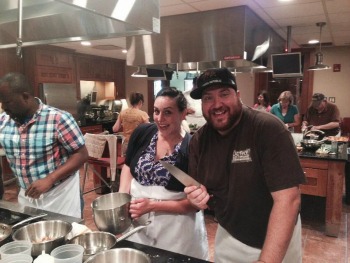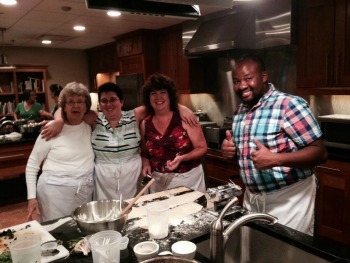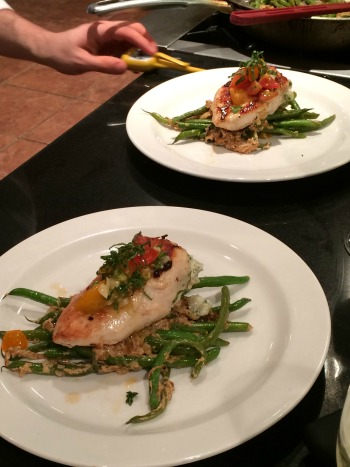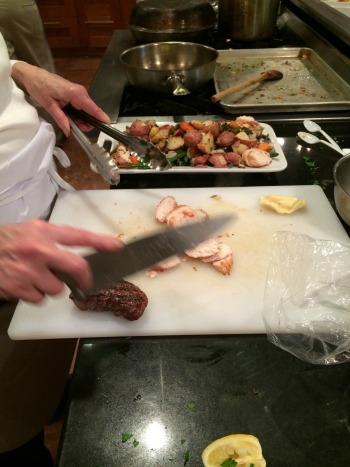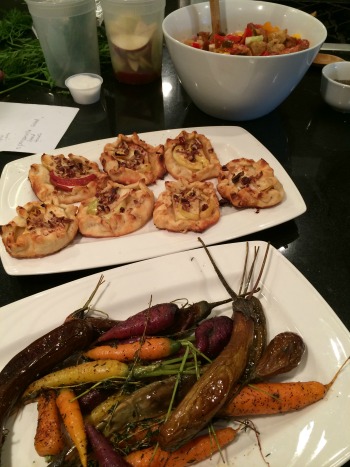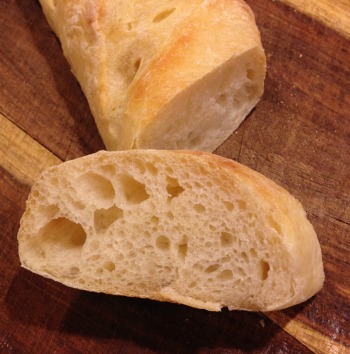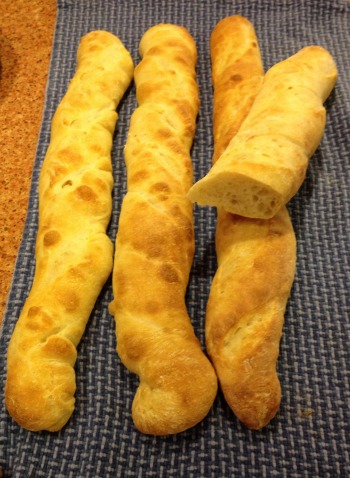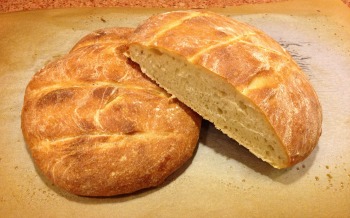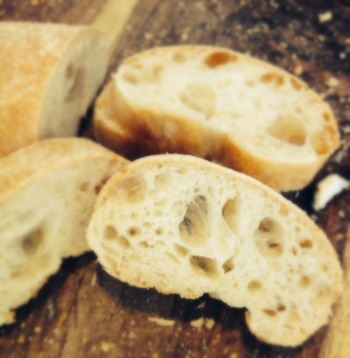I finally got him done.
It's ridiculous when you only have five minutes' worth of work left to do on something but you keep putting off doing it.
Pshaw.
Whatever. It's done.
What else did I make? I guess I made a proposal. I spent most of my long Easter weekend (I had Friday and today off) working on school stuff. I once again give tremendous thanks to my D.Min. advisor who took time out of her Easter weekend to review my thesis proposal another time or two in the final throes of trying to get it prepared for the review committee. I'm not sure if I actually made their deadline for this month's meeting or not, so it may not actually get reviewed until their May meeting. Still n' all, May is a very busy month for me so I'm just as happy to get it done now. Fingers crossed that, whenever it goes to committee, it passes!
Let me take a moment, though, to list all the things I made this weekend using my Instant Pot! It's time for you to be dropping broad hints about Mother's Day or Father's Day gifts you'd like--or your birthday--or, just plain go shopping yourself. Let me just say it here, if I haven't said it enough times before. I LOVE MY INSTANT POT!
This weekend, I used my IP to:
- Make split pea soup (using my favorite recipe here and great smoked hamhocks from an Amish grocery store)
- Make "baked" potatoes for Easter dinner (30 mins all in)
- Steam green beans for Easter dinner (5 mins all in)
- Make Chocolate Lava cake for Easter dinner dessert (using this really easy and incredibly tasty recipe)
- Make hardboiled eggs for the week (doing them in the IP makes them super easy to peel, regardless of how fresh they are)
- Make my weekly batch of yogurt, and this week's batch is the best one I've made yet. I got the perfect consistency, and I switched to vanilla bean paste, which has a much better flavor than vanilla extract. There's a bunch of instructions for making yogurt in your IP on the internet--it's super, super easy.
If you're new to IPs, let me suggest the following accessories:
- If you want to make yogurt, it's worth buying a yogurt strainer. I tried the cheesecloth thing and I tried the coffee filter thing and it was messy and a pain in the.... Well, anyway. Since I make it every week, I decided to go ahead and pony up for actual strainers and I'm thrilled. So much easier! I do a gallon of milk's worth of yogurt every week so I bought two strainers. The amount of yogurt fills both strainers to the brim.
- Get two inserts. Really. This way you can rotate stuff through more quickly. I bought my second insert about two weeks after I started using my IP because I discovered just how much I could get done in a weekend to prep for my week ahead.
- These steamer baskets work really well. (There are a lot of them; I linked to the ones I actually use and can speak with authority about.) I use these when I do potatoes, eggs, vegetables, and so forth.
- I took advice from the Facebook IP group early on and got a second silicone ring because the ring does take on the smells of whatever you're cooking. There was a lot of fear voiced in FB about whether those smells would then have an impact on cooking something else. I have to say, though, that in the six months or so I've been using my IP, I've never used the second ring. In my experience, I've had no problems with tastes transferring; washing the ring seems to be good enough. If you're interested, though, here's a link. They also have color-coded ones for "sweet" and "savory."
- Speaking of that Facebook group, here's the main one I'm part of, and you'll notice a few other #Twilters hanging out there too. There are many other electric pressure cooker and IP-specific groups on Facebook as well. It's a great place to get new ideas and recipes!
(This post contains Amazon affiliate links. Thanks for the support!)
